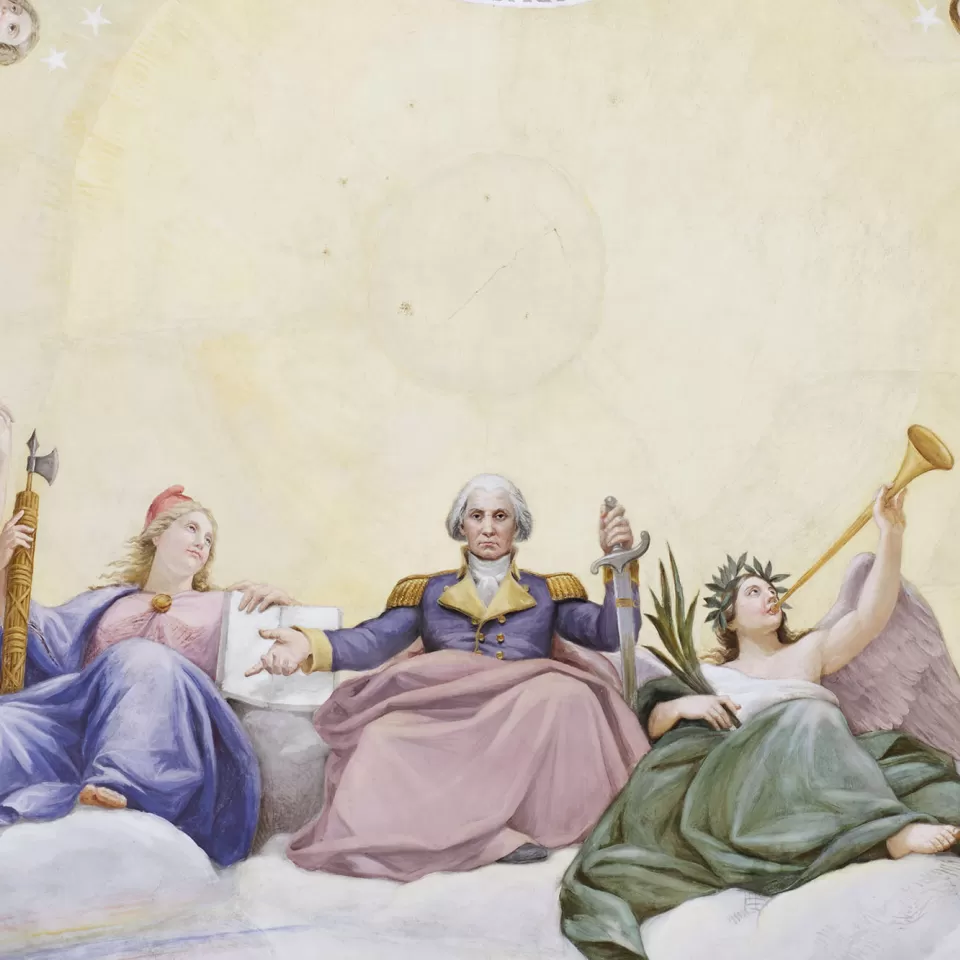Our Stories
Recent Articles
History & Discoveries
A Hallowed Figure in American Art and Culture: the Bald Eagle
The bald eagle is painted, sculpted and carved throughout the Capitol campus. Its white head, wide wingspan and gnarled talons are ubiquitous.
History & Discoveries
Unearthing Capitol Hill's Buried History
Visit Congressional Cemetery and discover the many connections the Architect of the Capitol has to this hallowed ground.
History & Discoveries
The U.S. Capitol Rotunda: Celebrating 200 Years as the Heart of American Democracy
The Rotunda was completed under the direction of Charles Bulfinch by the time of the visit of the Marquis de Lafayette in October 1824.
History & Discoveries
The Liberty Cap: Symbol of American Freedom
The 2024 Olympic mascot is a conical cap, the Phryge, a French symbol of freedom, but it symbolized freedom in the United States before the French adopted it.











Comments
Again thank you for our history lesson on the capital, never could find this a book.
Marty,_x000D_ _x000D_ Great piece, very cool now knowing the what and why of building fenestration ornamenting._x000D_ _x000D_ Keep the articles coming, always a captive audience._x000D_ _x000D_ Chris
Thanks, Marty for an intriguing article on the capitol lions! I’d like to add a clarification on the Lion Gate of Mycenae date: it’s 13th Century BC...keep up the good work.
Add new comment